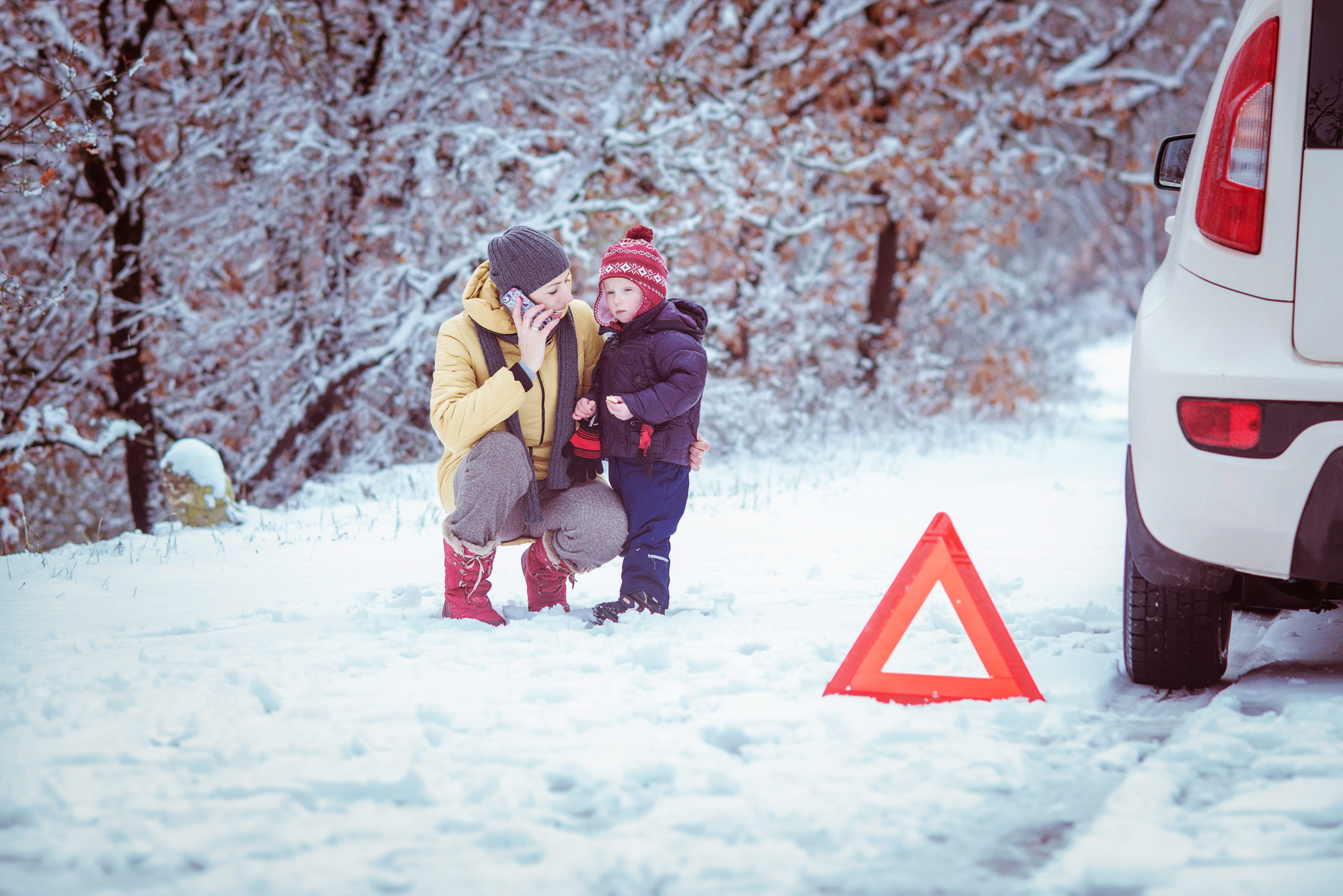By Brittany Shideler
Sledding, ice skating, skiing and snowball fights! Winter is a lot of fun until it’s time to drive somewhere. The National Highway Traffic Safety Administration recorded 440 fatal crashes and approximately 33,000 crash-related injuries in wintry conditions in 2019. While these numbers are upsetting, taking several precautions can reduce them.
Visibility
It’s not fun standing outside in low temperatures, but defrosting the vehicle is a simple way to prevent accidents. Defrosting includes the vehicle’s roof, hood, headlights and tail lights. If only the windows are defrosted, snow could fall off the roof and block the front or rear window. Starting the vehicle early while running the defrost will make it easy to defrost the car.
Leave Early
Being in a hurry will increase the temptation to speed, run lights and stop signs, take turns too fast or engage in other reckless behaviors. Leave early to allow extra time for driving slower, accelerating and decelerating slower and traffic delays.
Inventory
Keep an emergency kit in the car. Ideally, a kit should include a first aid kit, blanket, emergency markers, phone charger, jumper cables, a flashlight, ice scraper, a bag of sand to help if the car gets stuck, water and snacks, such as peanut butter crackers or granola bars.
Sliding
If the vehicle begins to slide, the driver should remove their foot from the accelerator and not apply pressure to the brake when possible. A slow deceleration may be needed to regain control, and using the brakes can worsen the slide. If the vehicle begins to rotate, it is crucial to remain calm. Panicking often causes drivers to jerk the wheel or oversteer, which causes them to lose control of the car completely. The safest thing to do is turn into the slide. Turning into the slide means if the vehicle’s rear is going right, turn gently to the right, or turn gently to the left if the car’s rear is going left. The driver should continue to make these corrections until they have regained control.
Brakes
While driving in wintery conditions, leave extra distance for stopping and apply gentle pressure to the brakes. Doing so will slow deceleration and avoid sending the vehicle into a skid. If the car has Anti-Lock Brakes (ABS,) apply pressure to the brake pedal. The ABS will do the pumping. If the vehicle does not have ABS, gently pump the brakes manually. Never push the brakes hard, as this can cause the wheels to lock up and put the vehicle into a slide.
Tires
Having tires in good condition will improve grip and prevent sliding. Checking the tread and air pressure often can determine the tire’s condition. According to NHTSA, tires are no longer safe when the tread is 2/32 of an inch or less. Check the tire pressure of all tires at least once per month. The pressure amount on the tire itself is the maximum allowable amount, so do not refer to that number. For the appropriate tire pressure recommendations, refer to the vehicle manual or the label on the driver’s side doorframe of the vehicle. Inspect the tires for any bulges or damage. If there is damage or the tread looks too worn, visit a tire repair and replacement professional.








Leave A Comment